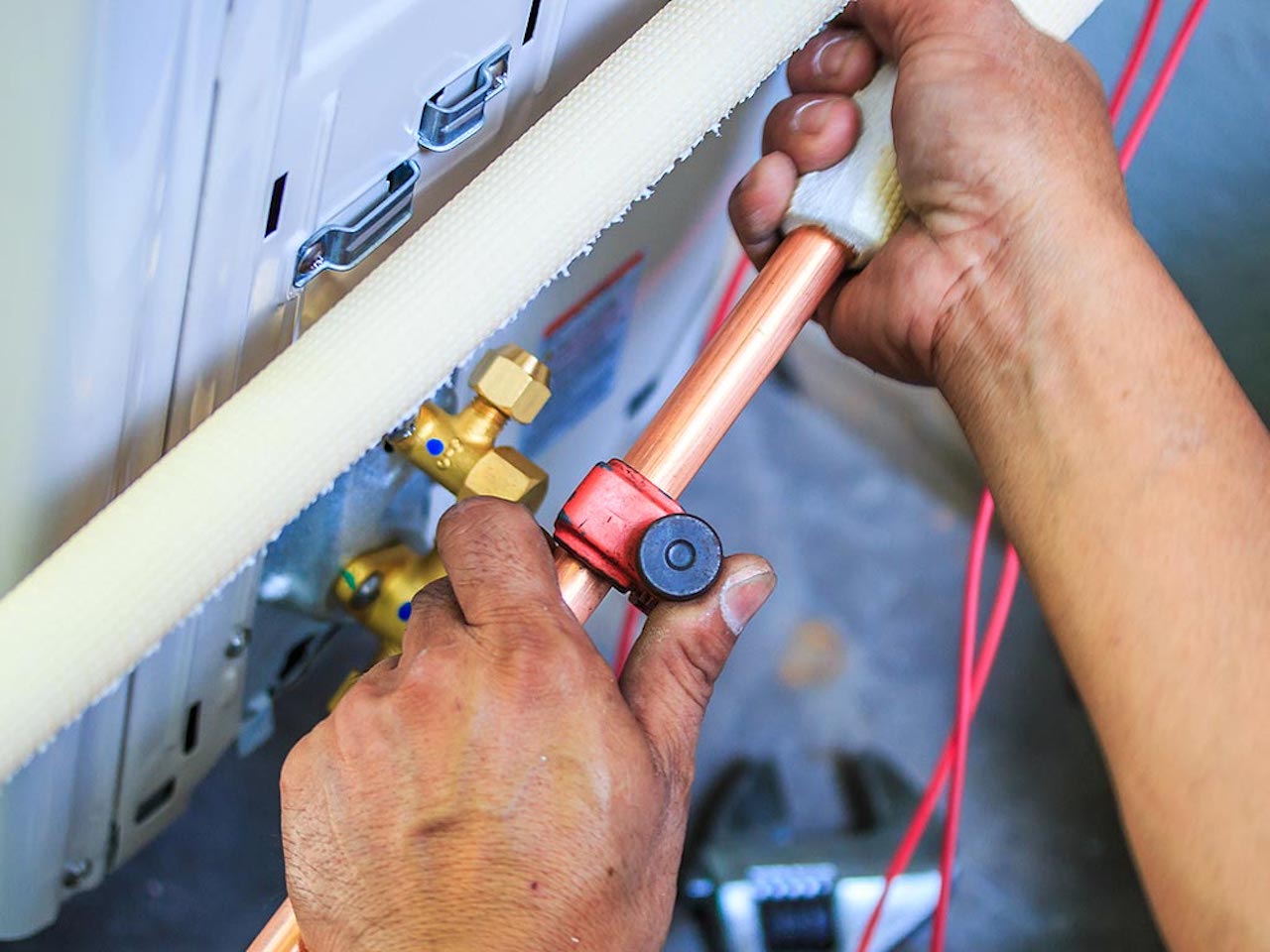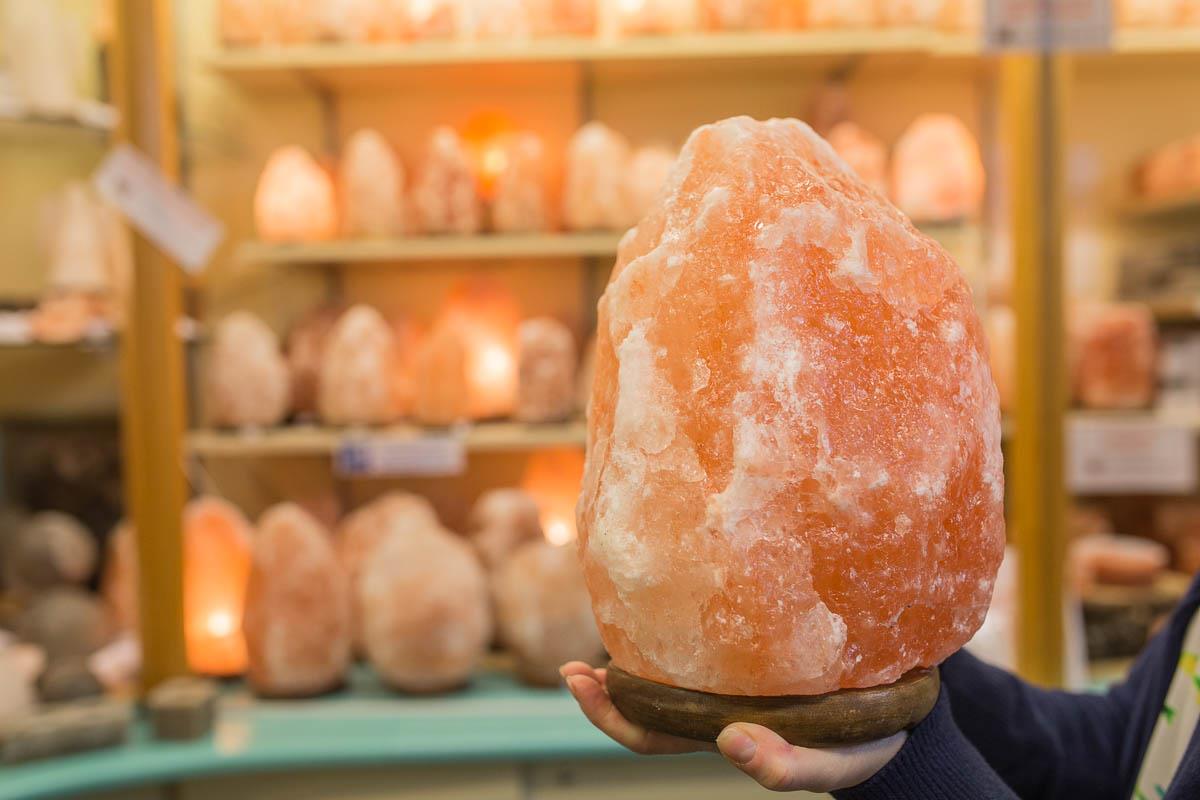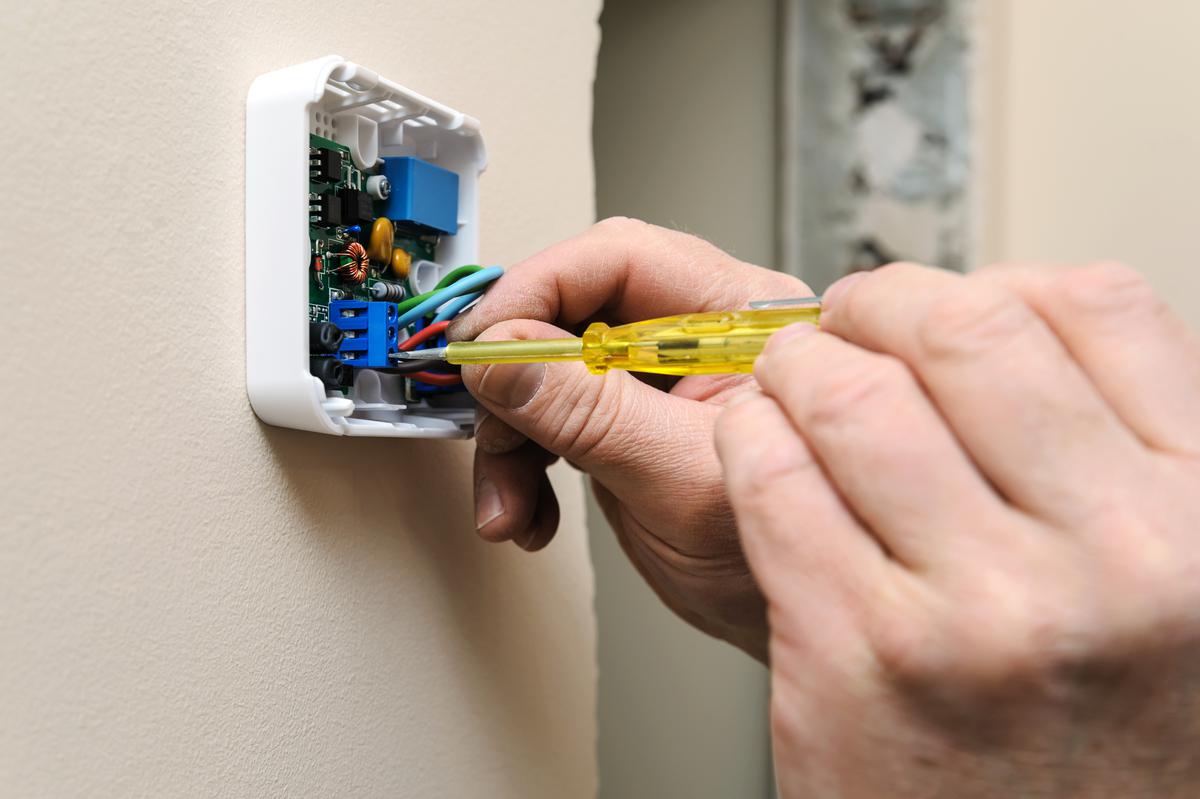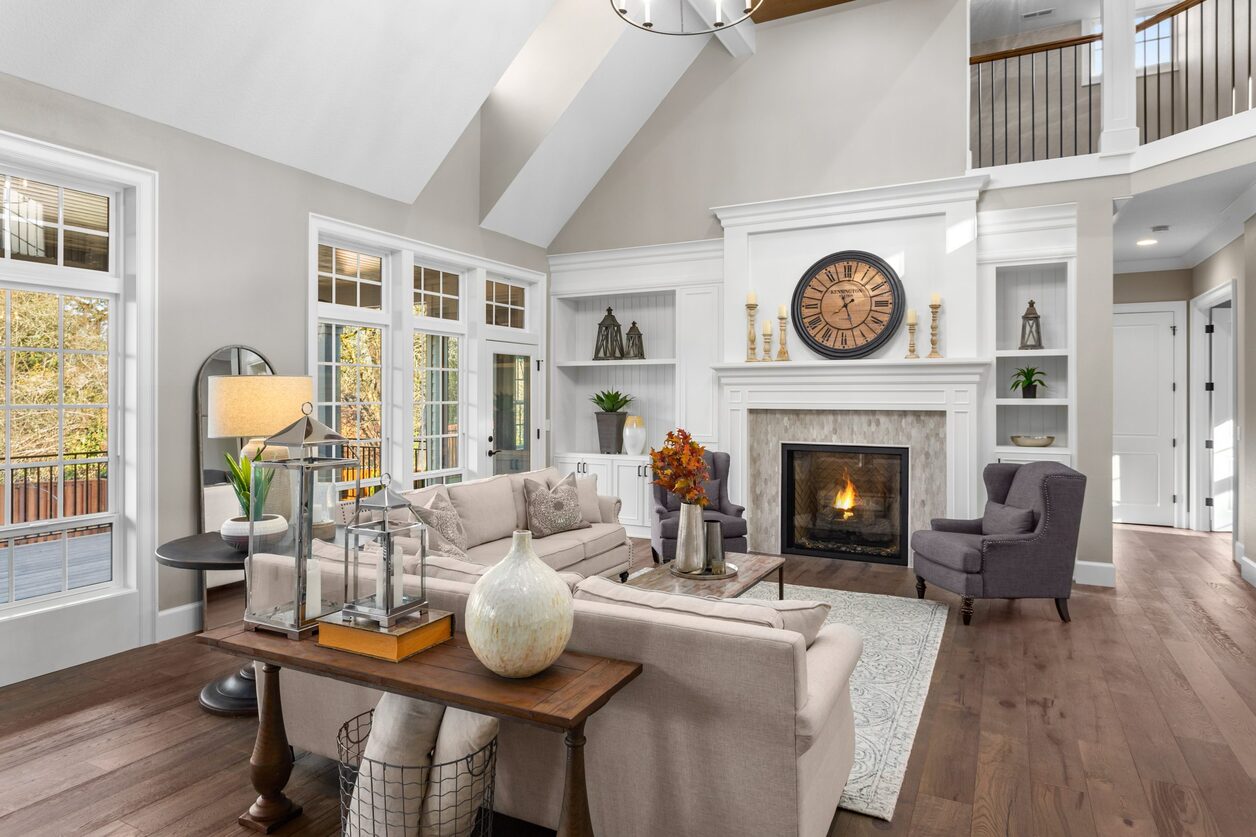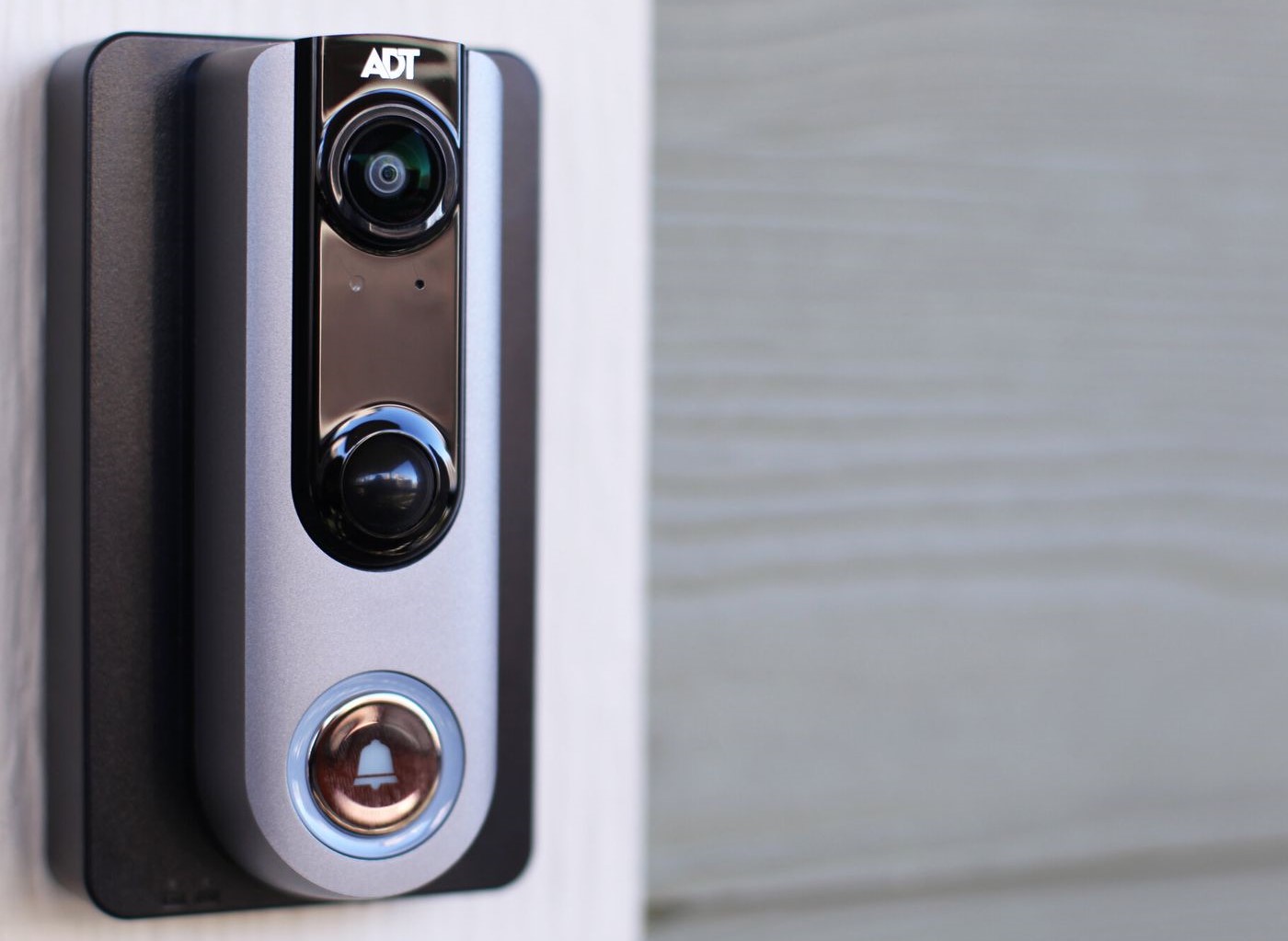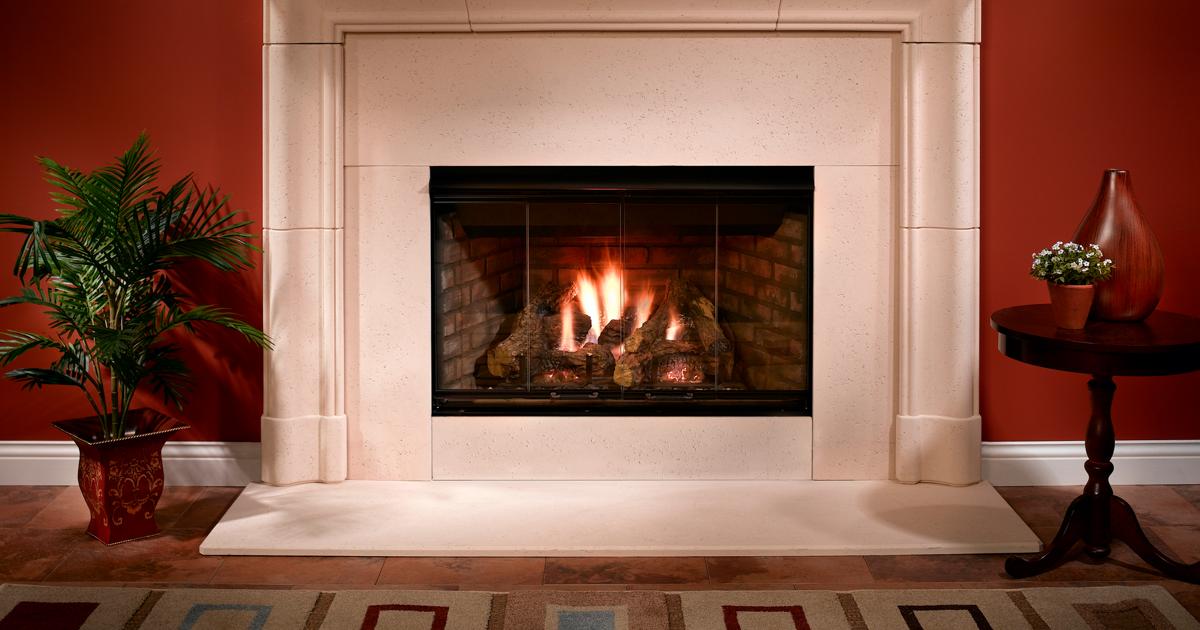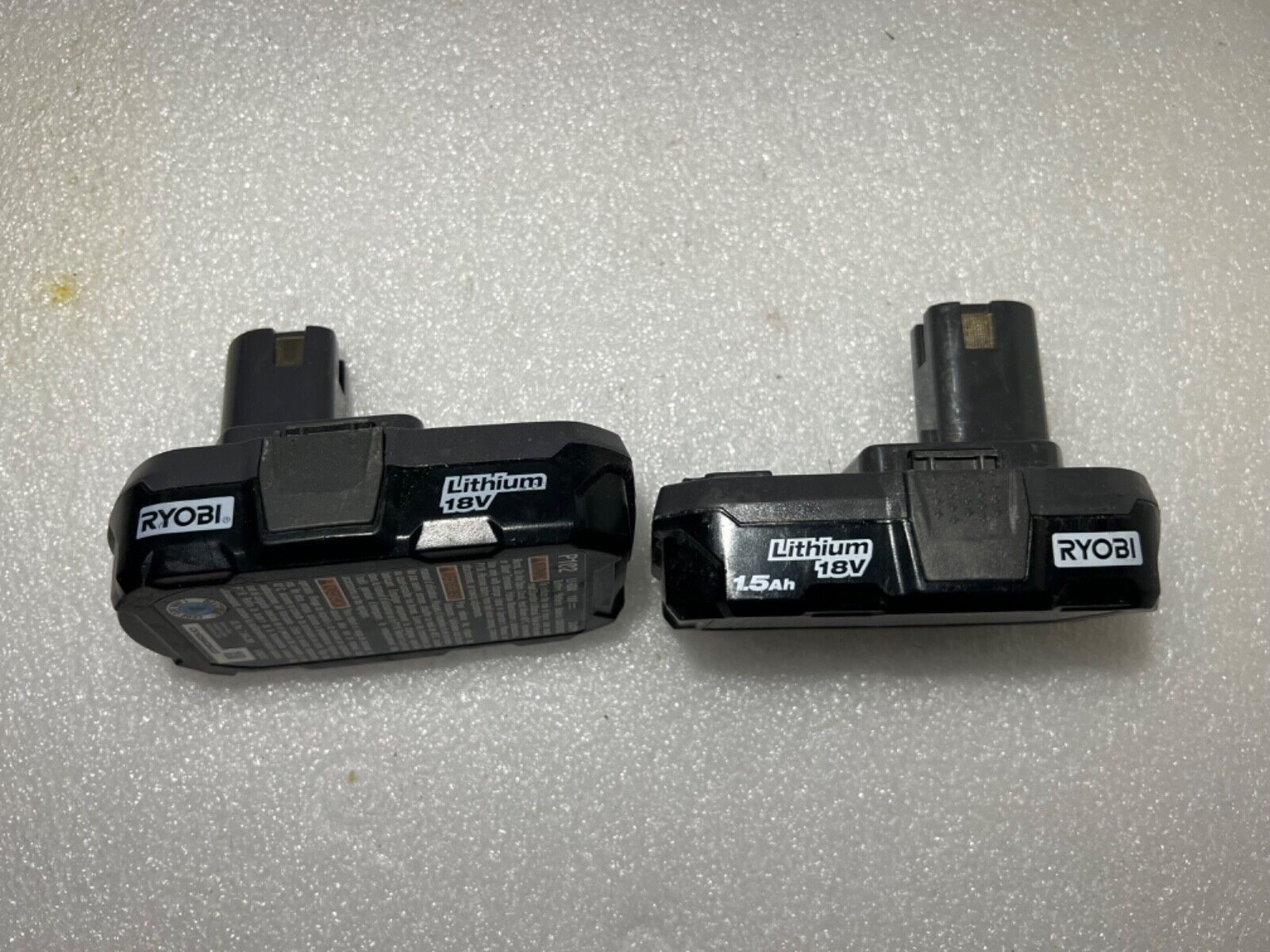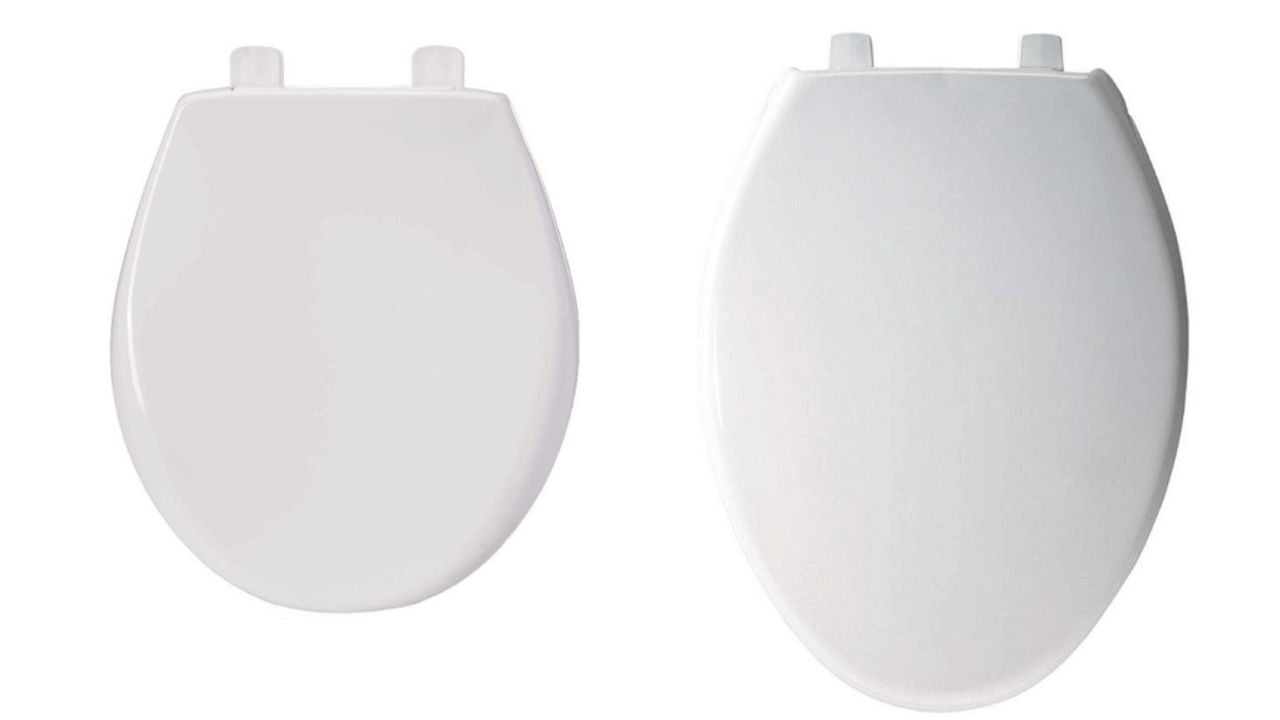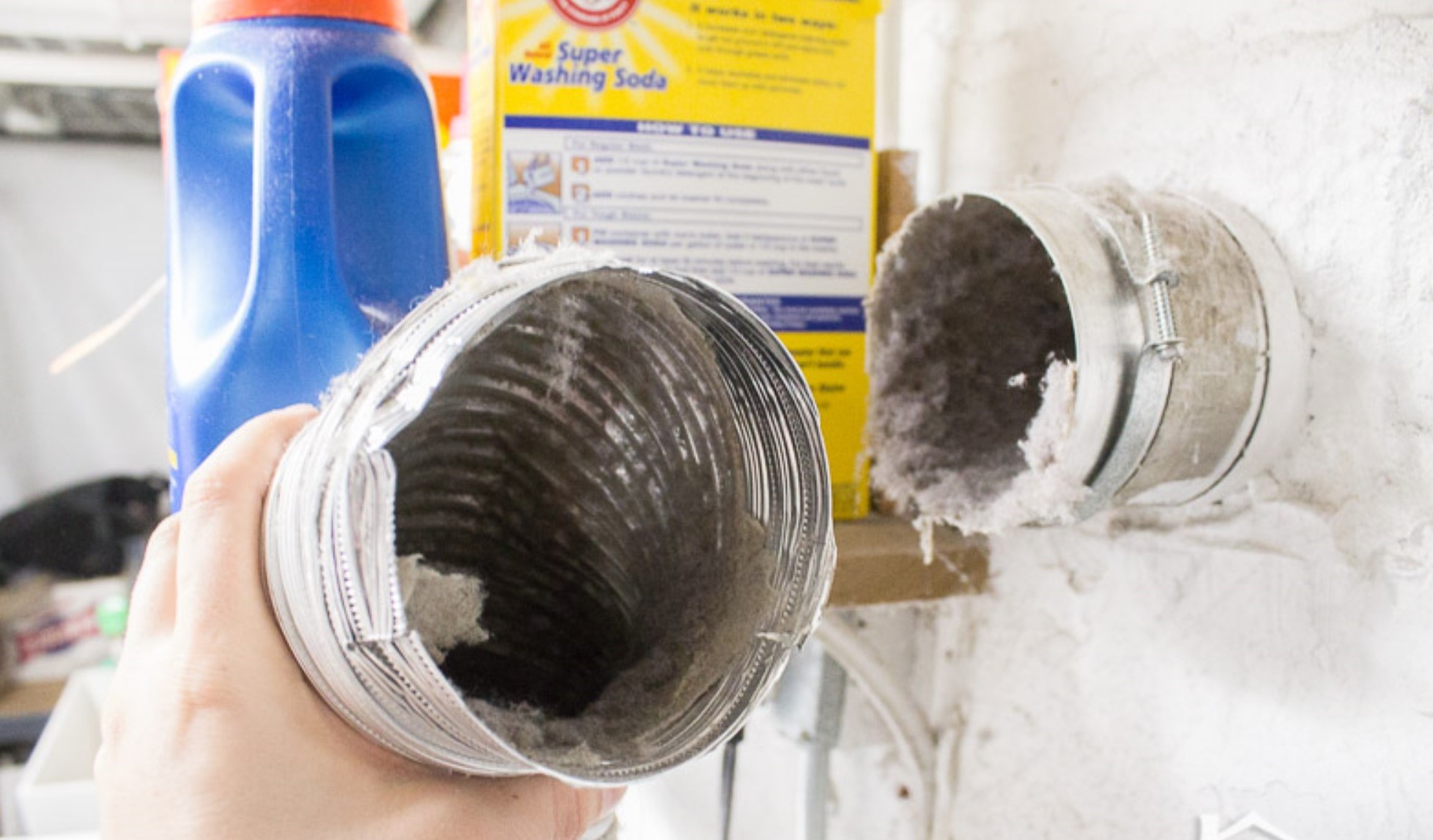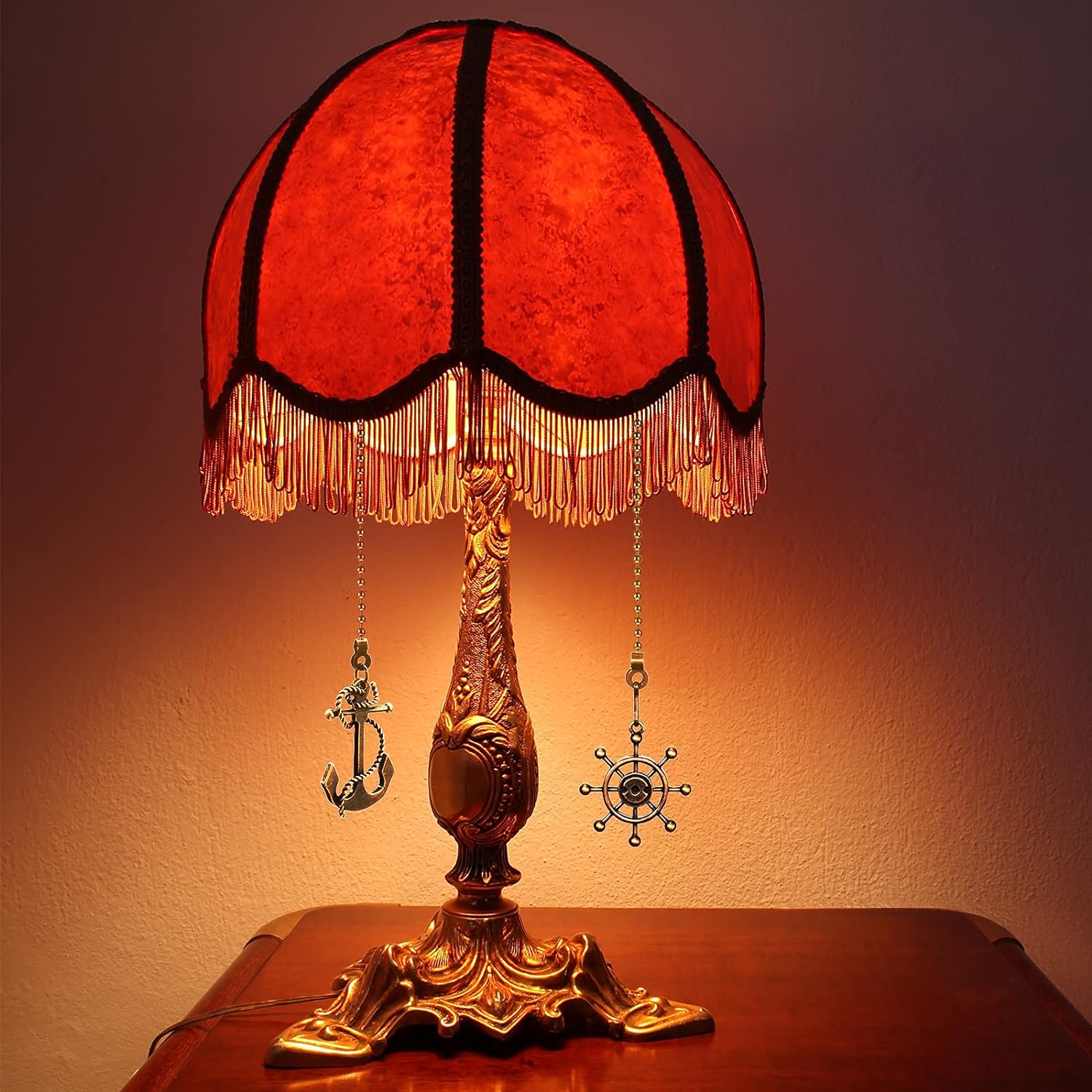

Furniture
How Do I Know If My Antique Lamp Is Valuable
Modified: April 23, 2024
Learn how to determine the value of your antique lamp and whether it could be a valuable furniture piece. Expert tips and insights.
(Many of the links in this article redirect to a specific reviewed product. Your purchase of these products through affiliate links helps to generate commission for Storables.com, at no extra cost. Learn more)
Introduction
Antique lamps can be a beautiful and valuable addition to any home decor. Whether you have inherited a lamp or stumbled upon a unique find at a flea market, you may find yourself wondering about its worth. Understanding the value of antique lamps can be a complex process that requires knowledge of various factors such as materials, design, and condition.
In this article, we will guide you through the process of determining the value of your antique lamp. We will explore the different aspects to consider, including the materials and construction, design and style, manufacturer or designer, condition, and the importance of consulting a professional appraiser.
By learning how to evaluate these different factors, you will be able to determine if your antique lamp holds significant value and gain a deeper appreciation for its historical and aesthetic significance.
So, let’s dive into the world of antique lamps and discover whether your lamp is a hidden treasure waiting to be uncovered.
Key Takeaways:
- Antique lamps hold historical and aesthetic significance, with factors such as materials, design, and condition influencing their value. Consulting a professional appraiser is crucial for an accurate assessment.
- Rarity, age, materials, design, manufacturer, condition, and market demand all impact the value of antique lamps. Understanding these factors is essential for making informed decisions about preservation, sale, or collection inclusion.
Read more: How Do I Know If My Printer Is Inkjet
Understanding Antique Lamps
Before delving into the process of determining the value of your antique lamp, it is important to have a basic understanding of what constitutes an antique lamp. Antique lamps are typically classified as those that are over 100 years old. They often showcase exquisite craftsmanship and unique design elements that make them highly sought after by collectors and enthusiasts.
Antique lamps come in various styles and designs, including table lamps, floor lamps, and hanging lamps. They can be made from different materials such as brass, bronze, glass, porcelain, and even wood. These lamps were often handcrafted with intricate detailing, making them not only functional sources of light but also exquisite pieces of art.
It is important to note that not all old lamps are considered antique. Vintage lamps, for example, are typically less than 100 years old and may lack the historical significance that antique lamps possess. However, vintage lamps can still hold value if they are of exceptional quality or made by renowned designers.
When evaluating an antique lamp, it is crucial to consider the following factors: the materials and construction, the design and style, the manufacturer or designer, the condition, and the market demand. Assessing these aspects will enable you to determine the value and significance of your antique lamp.
Examining the Materials and Construction
The materials used and the construction techniques employed in the making of an antique lamp greatly influence its value and durability. High-quality materials and skilled craftsmanship contribute to the overall appeal and worth of the lamp.
One of the most common materials found in antique lamps is brass. Brass lamps were popular during the late 19th and early 20th centuries. Brass is valued for its durability, malleability, and beautiful golden hue. Look for lamps that have solid brass components, as opposed to brass-plated ones, as solid brass is more valuable.
Another material commonly used in antique lamps is bronze. Bronze lamps are known for their intricate detailing and rich patina. Bronze lamps are often highly valued due to their historical significance and the expertise required to produce them.
Glass is another material frequently found in antique lamps. Tiffany lamps, for example, are renowned for their intricate stained glass shades. Glass lamps can also feature hand-painted designs or cut glass patterns, adding to their appeal and value.
Porcelain lamps were popular during the Victorian era and can be highly desirable among collectors. These lamps often feature delicate hand-painted designs and intricate patterns. Look for lamps with vibrant colors and minimal signs of wear or damage.
Aside from materials, it is important to examine the construction of the lamp. Pay attention to the details such as the joins, welds, and soldering. Well-constructed lamps will have clean, precise joints, indicating the skilled workmanship gone into its creation.
Additionally, examine the quality of the electrical components. Original and intact wiring and sockets are preferred as it shows that the lamp is in its authentic state. Any signs of repair or replacement may affect the value.
By carefully examining the materials and construction of your antique lamp, you can gain insight into its authenticity, quality, and potential value.
Identifying the Design and Style
The design and style of an antique lamp play a crucial role in determining its value and desirability. Antique lamps encompass a wide range of design periods, each with its unique characteristics and influences.
One popular design period for antique lamps is the Victorian era, which spanned from the mid-19th century to the early 20th century. Victorian lamps were often ornate and heavily decorated, featuring intricate details such as floral motifs, filigree work, and figurines. These lamps were typically made from materials such as brass, bronze, and porcelain.
Art Nouveau lamps gained popularity in the late 19th and early 20th centuries. This style was characterized by flowing, organic forms inspired by nature. Art Nouveau lamps often featured curved lines, floral patterns, and the use of materials such as stained glass and bronze.
Another iconic style is the Tiffany lamp, developed by Louis Comfort Tiffany in the late 19th and early 20th centuries. These lamps are renowned for their stained glass shades, which were often intricately designed with colorful patterns and motifs. The Tiffany lamp style is highly sought after by collectors and can command a high value in the market.
Mission lamps, popularized during the Arts and Crafts movement in the late 19th and early 20th centuries, are characterized by their simplicity and clean lines. These lamps often featured geometric patterns and were made from materials such as wood and mica.
Other styles to look out for include Art Deco, Mid-Century Modern, and Hollywood Regency, each with its distinct design elements and influences.
To identify the design and style of your antique lamp, examine the overall shape and ornamentation. Look for specific design cues that correspond to different periods or styles. Researching design catalogs and antique lamp references can also help in identifying the style and historical context of your lamp.
Remember, the rarity and desirability of certain design styles can significantly impact the value of your antique lamp.
Researching the Manufacturer or Designer
When it comes to determining the value of an antique lamp, the manufacturer or designer can play a significant role. Certain manufacturers or designers are highly esteemed in the world of antique lamps, and their creations can command higher prices in the market.
One well-known manufacturer of antique lamps is the Tiffany Studios, founded by Louis Comfort Tiffany. Tiffany lamps are renowned for their exceptional craftsmanship and intricate stained glass shades. These lamps are highly sought after by collectors and can fetch high prices at auctions or in antique stores.
Other notable manufacturers include Handel, Pairpoint, and Bradley & Hubbard, who produced high-quality lamps during the late 19th and early 20th centuries.
In addition to manufacturers, certain designers have left a lasting impact on the world of antique lamps. Designers such as Christopher Dresser, Clara Driscoll, and Gustav Stickley have created iconic designs that are highly valued by collectors.
Researching the manufacturer or designer of your antique lamp can provide valuable insights into its historical and artistic significance. Look for signature markings, labels, or stamps on the lamp that indicate the manufacturer or designer. Consult reference books, online resources, and antique lamp communities to gather information about the specific manufacturer or designer associated with your lamp.
Keep in mind that lamps created by renowned manufacturers or designers tend to have higher values, especially if they are in good condition and feature unique design elements.
It is also important to consider the rarity of the lamp. Some manufacturers or designers may have produced limited quantities of certain lamp designs, making them more valuable and highly sought after by collectors.
By conducting thorough research on the manufacturer or designer of your antique lamp, you can gain a deeper appreciation for its historical context and potential value.
Look for identifying marks or signatures on the lamp, such as the maker’s name or a date. Research similar lamps online or consult with a professional appraiser to determine its value.
Read more: How Do I Know If My Water Pump Is Working?
Evaluating the Condition
The condition of an antique lamp is a critical factor in determining its value. The better the condition, the higher the value the lamp is likely to have. Evaluating the condition involves carefully inspecting various aspects of the lamp to assess any damage, repairs, or alterations.
Start by examining the overall appearance of the lamp. Look for any signs of wear, such as scratches, dents, or discoloration. These can greatly affect the lamp’s value, especially if they are extensive or detract from its aesthetic appeal.
Inspect the lamp’s electrical components, including the wiring and sockets. It is ideal to find lamps with original and intact wiring, as this indicates that the lamp is in its authentic state. Rewiring or replacement of electrical components may lower the value of the lamp.
Check the lamp for any missing or replaced parts. Original parts, such as finials, harps, and shades, contribute to the lamp’s authenticity and value. If any parts are missing or have been replaced, it is crucial to consider how this may affect its overall worth.
Examine the lamp’s shade for any damage or repairs. Stained glass shades should be carefully inspected for any cracks, chips, or missing pieces. Lampshades with intact glass and minimal damage are more desirable and valuable.
Consider the functionality of the lamp. Does it still work properly? Are the switches or dimmers functioning correctly? Lamps that are in working order tend to have higher value and desirability.
Take note of any restoration work that has been done on the lamp. Restoration can involve cleaning, repairing, or repainting certain parts of the lamp. While restoration work can enhance the lamp’s appearance and functionality, it is important to evaluate the quality of the restoration. Poorly done restoration work may diminish the value of the lamp.
Overall, the condition of the lamp will provide insight into its age, authenticity, and preservation. Lamps that are in excellent condition, with minimal damage and original components, are more likely to have higher value in the antique market.
It is important to be honest and transparent about any condition issues when assessing the value of your antique lamp.
Consulting a Professional Appraiser
When it comes to determining the true value of your antique lamp, consulting a professional appraiser is highly recommended. A professional appraiser specializes in evaluating and appraising antique items, including lamps, and can provide an unbiased assessment of your lamp’s worth.
Professional appraisers have a deep knowledge of different styles, periods, manufacturers, and designers associated with antique lamps. They possess the expertise to evaluate the quality, rarity, condition, and market demand of your lamp, taking into account various factors that can affect its value.
Appraisers can assess the materials used, the construction techniques employed, and the authenticity of the lamp. They can also identify any unique design features, historical context, and potential maker’s marks that may further enhance the lamp’s value.
Appraisers consider recent auction results, comparable sales, and market trends to provide a comprehensive appraisal report. This report will not only inform you of the estimated value of your lamp but also serve as documentation for insurance purposes or when selling the lamp.
When choosing a professional appraiser, look for accredited appraisers who have experience and knowledge specifically in antique lamps. You can find certified appraisers through organizations such as the Appraisers Association of America, the International Society of Appraisers, or the American Society of Appraisers.
It is important to note that professional appraisers charge a fee for their services, which may vary depending on the appraiser and the complexity of the appraisal. However, the investment in a professional appraisal can provide you with an accurate and reliable assessment of your lamp’s value.
Remember to choose an appraiser who is independent and does not have a vested interest in buying or selling your lamp. This ensures an objective evaluation of your lamp’s worth.
By consulting a professional appraiser, you can gain a deeper understanding of your antique lamp’s true value, allowing you to make informed decisions regarding its preservation, sale, or insurance.
Factors Affecting the Value of Antique Lamps
Several factors can influence the value of antique lamps. Understanding these factors can help you assess the worth of your lamp and determine its place in the antique market.
1. Rarity: The rarity of a lamp plays a significant role in its value. Lamps that were produced in limited quantities, feature unique design elements, or were made by renowned manufacturers or designers are often more valuable.
2. Age: Generally, older lamps are considered more valuable than newer ones. Antique lamps that are over 100 years old and have maintained their originality and condition tend to command higher prices.
3. Materials and Construction: The quality of materials used and the craftsmanship involved in the construction of a lamp can greatly impact its value. Lamps made from high-quality materials such as brass, bronze, stained glass, or porcelain, and those that exhibit meticulous construction techniques, are often more desirable.
4. Design and Style: The design and style of a lamp can heavily influence its value. Certain design periods, such as Art Nouveau, Art Deco, or Tiffany, are highly sought after by collectors and can command higher prices. Uniquely designed lamps with intricate details and aesthetic appeal tend to be more valuable.
5. Manufacturer or Designer: The reputation and significance of the manufacturer or designer associated with a lamp can greatly affect its value. Lamps made by well-known manufacturers such as Tiffany Studios or designed by renowned individuals like Louis Comfort Tiffany or Gustav Stickley tend to have higher value due to their craftsmanship and historical importance.
6. Condition: The condition of an antique lamp plays a vital role in its value. Lamps that are in excellent, original condition with minimal damage or restoration work tend to be more valuable. Any signs of wear, damage, or alterations can impact the lamp’s value.
7. Market Demand: The demand for antique lamps in the market also influences their value. Popular styles, sought-after designers, or lamps that align with current interior design trends may command higher prices due to increased demand.
It is important to note that value can be subjective and can vary based on the preferences of collectors and trends in the antique market. Additionally, factors such as provenance, historical significance, and market conditions at the time of sale can also affect the value of an antique lamp.
By considering these various factors, you can gain a better understanding of the value of your antique lamp and make informed decisions about its preservation, sale, or inclusion in your collection.
Conclusion
Antique lamps hold a special place in the world of home decor and collectibles. Their historical significance, exquisite craftsmanship, and unique design elements make them highly sought after by collectors and enthusiasts alike. Determining the value of an antique lamp requires careful evaluation and consideration of various factors.
By examining the materials and construction of the lamp, you can assess its durability, authenticity, and potential value. Paying attention to the design and style of the lamp allows you to understand its aesthetic appeal and historical context. Researching the manufacturer or designer associated with the lamp provides insights into its craftsmanship and market desirability.
Evaluating the condition of the lamp plays a vital role in determining its worth. The better the condition, the higher the value. Consulting a professional appraiser is a valuable step in accurately assessing the value of your antique lamp, as they possess the knowledge and expertise to provide an unbiased appraisal.
Various factors can affect the value of antique lamps, including rarity, age, materials, design, manufacturer or designer, condition, and market demand. Understanding these factors enables you to make informed decisions about the preservation, sale, or inclusion of your lamp in your collection.
Antique lamps not only hold value from a monetary standpoint but also serve as a connection to history and a source of admiration for their craftsmanship. Whether you have an inherited lamp with sentimental value or a unique find that caught your eye, taking the time to understand its value can deepen your appreciation for its beauty and historical significance.
Remember, the world of antique lamps is vast and ever-evolving. Continuously educate yourself about different styles, manufacturers, and designers to expand your knowledge and appreciation of these timeless pieces of art.
So, embrace the enchantment of antique lamps, discover their hidden stories, and treasure the presence they bring to your home.
Frequently Asked Questions about How Do I Know If My Antique Lamp Is Valuable
Was this page helpful?
At Storables.com, we guarantee accurate and reliable information. Our content, validated by Expert Board Contributors, is crafted following stringent Editorial Policies. We're committed to providing you with well-researched, expert-backed insights for all your informational needs.
